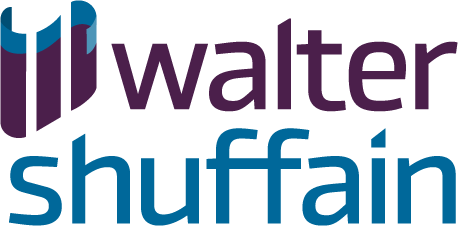This year has been unique and beyond comparison in many ways, and tax planning is just one of the implications of current events. Both individual and business taxes have the potential to be significantly impacted by the various legislation that has passed like the FFCRA and the CARES Act, the loan programs made available like the PPP and the EIDL, and the unemployment/stimulus programs that touched many Americans.
It’s imperative that we take into account all these potential factors when implementing your tax plan for 2020. In this article, we’ll take a look at the main areas to consider, both common and pandemic-related, when planning for 2020 year-end taxes.
Common and pandemic-related tax planning items for businesses to consider in 2020
- Accelerate AMT refunds – The CARES Act has accelerated the alternative minimum tax following changes made by the Tax Cuts & Jobs Act. Corporations can claim all remaining credits in 2018 or 2019 thus allowing for filing of quick refunds.
- Use current losses for quick refunds – The CARES Act allows businesses to claim immediate refunds by using current losses against past income, for example.
- Submit a retroactive refund for bonus depreciation – Businesses can now deduct qualified improvements dating back to Jan. 1, 2018, thanks to a fix made by the CARES Act. This could offer a quick refund.
- Claim quick disaster loss refunds – Nearly every U.S. business is eligible for disaster-related refunds from losses in 2020 on an amended 2019 return for a quicker refund.
- Time out your payroll tax deduction – While the CARES Act allows employers to defer paying their share of Social Security taxes, you should review the best strategy with your accountant. In some cases, it’s better to pay on time to take a loss. In others, it provides a liquidity benefit.
- Maximize generous Section 179 deduction rules – For qualifying property placed in service in tax years beginning in 2020, the maximum Section 179 deduction is $1.04 million. The Section 179 deduction phase-out threshold amount is $2.59 million.
- Understand your PPP obligations – On November 18, the Treasury and IRS issued guidance on how to treat expenses related to PPP loans. This can impact estimated tax payments as the treatment of expenses as nondeductible may create an additional tax liability.
- Deduct EIDL grant expenses – EIDL grant funds are believed at this point to be considered taxable income but expenses related to this grant would be deductible.
- Claim any employment retention tax credits – These can be claimed now, but you cannot have a PPP loan and receive employment retention credits.
Common and pandemic-related tax planning items for individuals to consider in 2020
- Be mindful of long-term capital gain taxes from sales of assets as these could also impact the 3.8% tax on net investment income. If you didn’t make much income in 2020, consider harvesting some long-term gains, especially if you qualify for the 0% capital gains tax bracket (under $80,000 MFJ, $40,000 single filer).
- Postpone income and accelerate deductions – Check on the status of your current and projected income for 2020 and 2021 to see if you’ll be pushed into a higher tax bracket. Defer bonuses from employers if necessary, and if self-employed, postpone income by postponing billing.
- Convert traditional IRAs to Roth IRAs – Be mindful of the new distribution rules for IRA beneficiaries as well as the ability to continue to make IRA contributions after age 70½ if there is enough earned income at play.
- Bunch deductions if necessary/appropriate – Consider bunching charitable contributions and medical deductions as there are certain thresholds only available for 2020. Thirty regularly expiring provisions are also coming with 2020 including tuition/fees deduction and mortgage insurance premium deduction among others.
- Account for your stimulus payment – Stimulus payments are considered an advance on your 2020 tax credit, so you may see a smaller return next year.
- Pay taxes now on your unemployment income – Unemployment benefits are taxable on the federal level so ensure you’re taking these taxes out of your payments or saving to make a payment. Note that states have varying tax treatment of unemployment income.
- Consider taking gains and paying more in tax now if you’re in a good financial position – This is contrary to the usual advice, however, given our current historically low rates and a large and accelerating national debt, higher tax rates seem inevitable. For example, paying a 20% LTCG tax now could be very advantageous for a high-income filer who might be stuck paying at their ordinary rates on capital gains in the future.
As mentioned in our previous article – Tax planning considerations: Election results, sunset provisions – changes to the tax code in the next two to four years may still be imminent depending on the finalizations of certain Senate elections. If those changes become a likely scenario, some adjustments may still be possible in this year’s tax plan to account for those potential tax code changes. Work with your CPA to have a plan for all scenarios.
